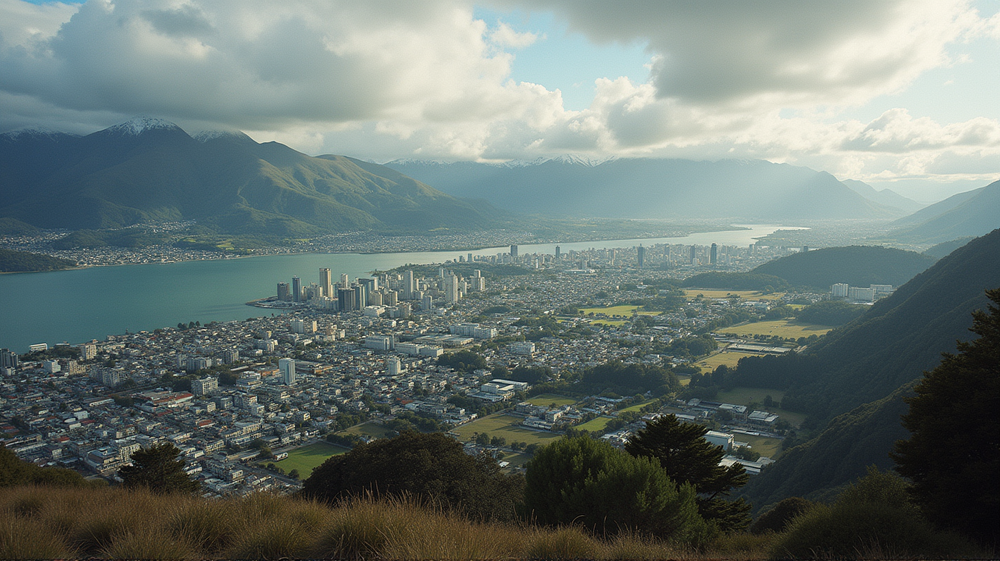South Island's Economic Surge: A Glimpse into New Zealand's Growing Divide
New Zealand’s regional landscape is witnessing a significant shift as the South Island races ahead, leaving the North grappling with challenges. According to a recent report from Kiwibank, the divide between the islands continues to widen, with the South Island’s economic success being attributed to thriving tourism and a construction boom.
A Healing Economy with Uneven Progress
While New Zealand’s regions are on a path to recovery, the journey is anything but uniform. According to Kiwibank’s Annual Regional Note, released this Saturday, the national average economic score climbed from 3 to 4 out of 10. However, this overarching progress masks the stark contrasts between regions. The South Island is riding high with Southern regions like Southland and Otago scoring 5, owing to key developments in construction and tourism.
A North Trending South
Kiwibank chief economist Jarrod Kerr emphasizes how “the economic tide is turning.” Most regions show improvements, but the pace varies widely, with places like Northland, Taranaki, and Gisborne experiencing declines. As Kerr notes, “The further south you go, the more optimistic people are.” The contrast is stark; while the south sees economic optimism, the north continues to face setbacks.
The Housing Market’s Hesitant Rise
New Zealand’s housing market offers little in terms of grand economic gestures. Since early 2023, a mere 1.8% rise has been recorded in national house prices. Even with the Reserve Bank’s rate cuts in August, many regions remain stagnant or in decline. Against this backdrop, Kerr urges a shift from the current monetary strategy: “We think the risk, if anything, is that inflation falls too far and falls below 2% because the economy is so weak.”
Boom or Bust? Labour and Retail Insights
Labour markets reflect the divide too. Otago is leading with an 8% employment growth — the country’s highest — while Taranaki lies at the other end with an 8% drop. Retail sales, yet to regain their vitality, echo this disparity, with Wellington seeing the steepest decline at -3.3%.
A Call for Change
Kerr advocates for a more stimulating economic strategy, suggesting the Official Cash Rate could ideally fall from 3.25% to 2.5%, a move he believes could help rejuvenate growth: “Job done on the inflation front, it’s time to stimulate growth.”
As stated in 1News, the evolving economic dynamics between the islands of New Zealand reflect deeper trends influencing consumer behavior, housing, and employment sectors. They’re stories of resilience and challenge, of a nation on the brink of bridging its regional disparities.




